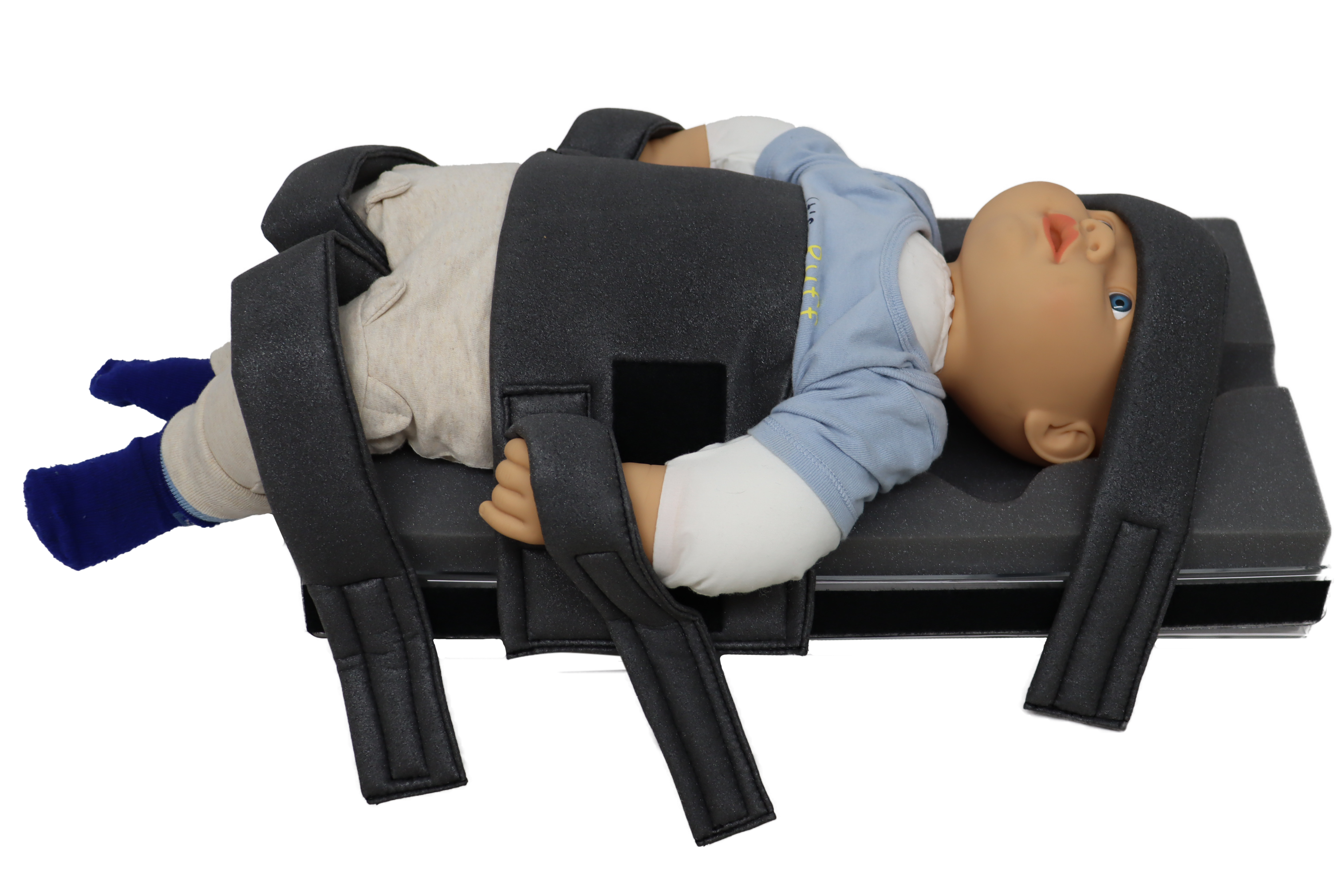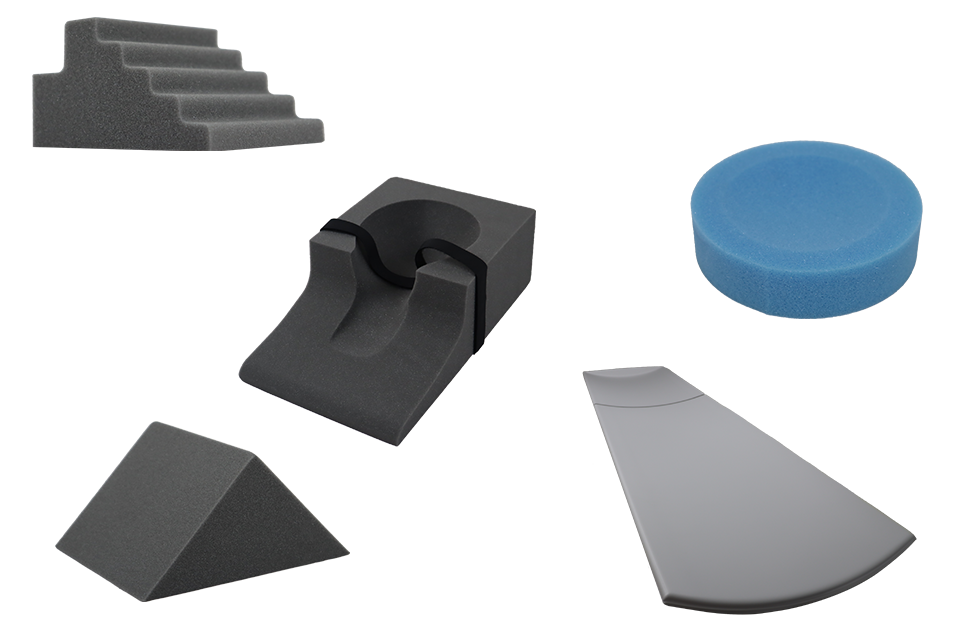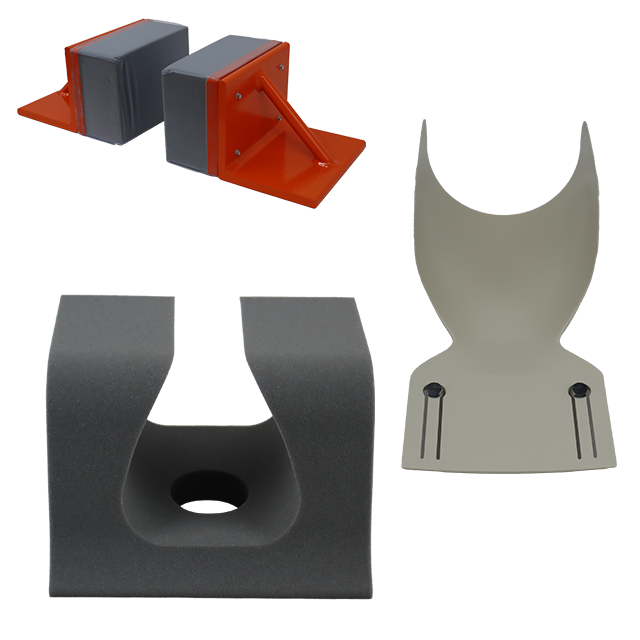A Comprehensive Guide to Pediatric Patient Positioning in Diagnostic Imaging
Discover essential techniques and considerations for optimizing pediatric patient positioning to enhance diagnostic accuracy and patient comfort in...
4 min read
Domico Med-Device April 02, 2024
Discover how medical positioning aids improve patient comfort and safety during medical procedures.
Medical positioning aids play a crucial role in ensuring patient comfort and safety during medical procedures. These aids are specially designed tools and equipment that help healthcare professionals position patients in the most optimal and stable positions for various procedures. By providing support and stability, medical positioning aids help prevent patient discomfort, reduce the risk of injuries, and improve the overall quality of care.
Proper positioning is essential in many medical procedures, such as surgeries, diagnostic imaging, and therapeutic interventions. It allows healthcare professionals to access specific areas of the body more easily and accurately, ensuring accurate diagnoses and effective treatments. Additionally, proper positioning aids in maintaining patient safety by reducing the likelihood of complications and adverse events.
Medical positioning aids come in a variety of forms, including pillows, cushions, straps, and immobilization devices. They are designed to support different body parts and accommodate various procedures. These aids are often made from materials that offer both comfort and durability, ensuring the patient's well-being throughout the procedure.
Overall, understanding the importance of medical positioning aids is crucial for healthcare professionals to provide optimal care to their patients. By using these aids effectively, healthcare providers can enhance patient comfort, promote safety, and improve the overall patient experience.
 Different Types of Medical Positioning Aids
Different Types of Medical Positioning AidsThere is a wide range of medical positioning aids available, each designed for specific purposes and procedures. Some common types of medical positioning aids include:
1. Positioning Pillows and Cushions: These aids are designed to provide support and comfort to various body parts, such as the head, back, limbs, and joints. They help maintain proper alignment and reduce pressure points during procedures.
2. Immobilization Devices: These aids are used to restrict movement in specific body parts, such as the neck, spine, or extremities. They ensure stability and prevent any unintended movements that could interfere with the procedure.
3. Straps and Security Straps: These aids are used to secure the patient in a specific position, ensuring their safety and preventing any accidental movements. They are commonly used during surgical procedures or when immobilization is necessary.
4. Positioning Wedges: These aids are triangular-shaped cushions used to elevate or support specific body parts, such as the pelvis, knees, or shoulders. They provide stability and help maintain the desired position during procedures.
These are just a few examples of the different types of medical positioning aids available. The choice of aid depends on the specific procedure, patient's condition, and healthcare professional's preference. It is important to select the most appropriate aid to ensure optimal patient positioning and safety.
Using medical positioning aids offers several benefits for both patients and healthcare professionals. Some key benefits include:
1. Enhanced Patient Comfort: Medical positioning aids provide support and cushioning, ensuring patient comfort during procedures. They help alleviate pressure points, reduce pain, and improve overall patient experience.
2. Improved Safety: Proper positioning aids in preventing patient falls, injuries, and complications during procedures. It ensures stability and reduces the risk of unintended movements or accidents.
3. Accurate and Effective Procedures: Medical positioning aids allow healthcare professionals to access specific areas of the body more easily and accurately. This facilitates accurate diagnoses, effective treatments, and improved patient outcomes.
4. Time Efficiency: Using appropriate positioning aids can save time by facilitating easier patient positioning and reducing the need for readjustments during procedures. This allows healthcare professionals to perform procedures more efficiently and effectively.
5. Reduced Strain and Fatigue: Medical positioning aids help healthcare professionals maintain proper body mechanics and reduce strain and fatigue during procedures. This promotes their own well-being and prevents work-related injuries.
By utilizing medical positioning aids, healthcare professionals can provide better care, enhance patient satisfaction, and optimize procedural outcomes.
 Best Practices for Selecting and Using Medical Positioning Aids
Best Practices for Selecting and Using Medical Positioning AidsTo ensure the effective and safe use of medical positioning aids, healthcare professionals should follow these best practices:
1. Assess Patient Needs: Before selecting a positioning aid, assess the patient's condition, procedure requirements, and any specific positioning considerations. This will help determine the most appropriate aid for optimal positioning.
2. Choose the Right Aid: Select a positioning aid that is specifically designed for the intended procedure and body part. Consider factors such as size, material, and adjustability to ensure proper fit and support.
3. Proper Positioning Technique: Follow proper positioning techniques and guidelines provided by manufacturers and professional organizations. Ensure the aid is used correctly to achieve the desired position and stability.
4. Regular Inspection and Maintenance: Regularly inspect positioning aids for any signs of wear, damage, or contamination. Clean and disinfect the aids according to recommended protocols to prevent infections and ensure patient safety.
5. Patient Communication and Comfort: Communicate with the patient throughout the procedure to ensure their comfort and address any concerns. Regularly assess their comfort level and make necessary adjustments to the positioning aid as needed.
Following these best practices will help healthcare professionals select, use, and maintain medical positioning aids effectively, ensuring optimal patient comfort, safety, and procedural outcomes.
The field of medical positioning aids is constantly evolving, with ongoing advancements and innovations. Some potential future developments in medical positioning aids include:
1. Smart Positioning Aids: Integration of sensor technology and artificial intelligence to create smart positioning aids that can monitor patient positioning, provide real-time feedback, and automatically adjust to optimize patient comfort and safety.
2. Ergonomic Designs: Further improvement in the ergonomic designs of positioning aids to enhance patient comfort and reduce the risk of pressure ulcers, nerve injuries, and musculoskeletal discomfort for both patients and healthcare professionals.
3. Customizable Positioning Aids: Development of customizable positioning aids that can be tailored to individual patient needs and body shapes. This would allow for more precise and personalized positioning during procedures.
4. Wireless and Portable Aids: Advancements in wireless and portable positioning aids that offer greater flexibility and convenience in various healthcare settings, including ambulatory care, home healthcare, and emergency situations.
These future innovations hold great potential to further enhance patient comfort, safety, and procedural outcomes. As technology continues to advance, medical positioning aids will continue to evolve, providing even better support and care to patients.

Discover essential techniques and considerations for optimizing pediatric patient positioning to enhance diagnostic accuracy and patient comfort in...

The manufacture of medical devices is a highly specialized and intricate process, requiring precision, expertise, and adherence to stringent...

In today’s fast-paced medical environment, ensuring patient safety during diagnostic imaging and surgical procedures is of utmost importance. One of...